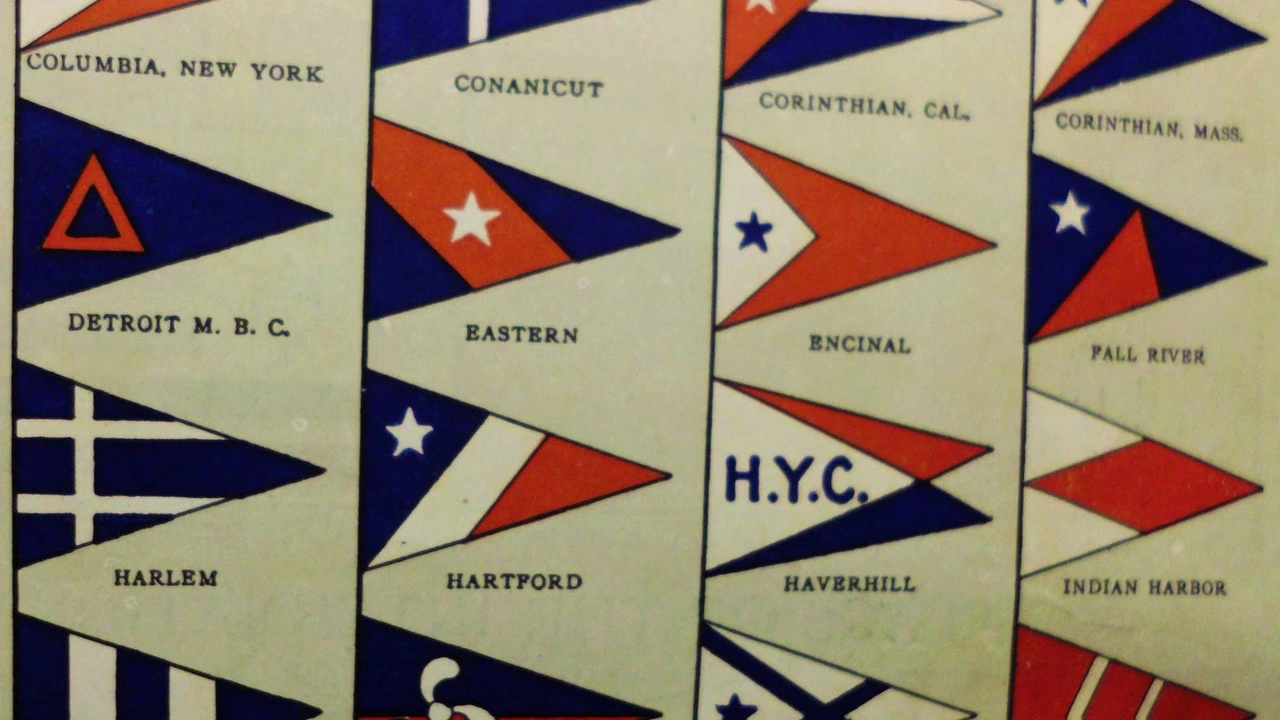Flag Guide: How to Read Sailing Signal Flags
If you spend any time on a boat, you’ll see colorful flags fluttering from masts and sterns. Those aren’t just for looks – they’re a fast, universal way to talk when radios fail or when you need a simple visual cue. Below you’ll find the most common sailing flags, what they mean, and how to use them in everyday cruising.
Common Nautical Flags and Their Meanings
Each flag in the International Code of Signals has a letter, a number, or a special shape. Here are the ones you’ll see most often:
- Alpha (A) – "I have a diver down; keep clear". The flag is white and blue. Drop the flag when a diver is in the water and raise it again when they’re back on board.
- Bravo (B) – "I am taking in, or have taken in, a single person". Red flag with a white square. Use it when you’re picking up a person from the water.
- Charlie (C) – "Yes" or "Affirmative". Blue, white, and red vertical stripes. It’s the easiest way to say “yes” without using radio chatter.
- Delta (D) – "Keep clear of me; I am maneuvering with difficulty". Yellow and blue diagonal halves. Raise it when you’re tacking, docking, or have limited steering.
- Echo (E) – "I am altering my course to starboard". Red and white diagonal stripes. Helpful when you need to signal a small course change.
Most boats carry a full set of 26 flags, so you can spell out longer messages if needed. For example, “I’m low on fuel” can be sent as India – Mike – Oscar – Whiskey. Learning the alphabet takes a few evenings, but once you’ve got it, you’ll never feel lost at sea.
Practical Tips for Using Flags on the Water
Below are some quick habits that make flag communication smooth:
- Keep the set tidy. Store flags in a waterproof bag and attach a simple line to the yardarm. A tangled flag line can cost you precious seconds.
- Check the wind direction. Flags need a bit of breeze to be visible. If the wind is dead, hoist a spare flag higher or use a hand‑held signal paddle.
- Combine flags with sound. A short horn blast before raising a flag tells nearby boats to look up. It’s a good habit in busy marinas.
- Know the local rules. Some harbors require specific flags for entering a channel or for reporting a man overboard. Always check the port’s notice board.
- Practice with your crew. Run a quick drill weekly. Have one person signal a message while the rest decode it. It builds confidence and speeds up real‑time communication.
Remember, a flag is only useful if everyone understands it. Keep a small cheat‑sheet on your dash so you can glance at it if you’re unsure.
Whether you’re cruising around the Isle of Wight or sailing across the Atlantic, flags are a low‑tech backup that never runs out of battery. Master the basics, keep your set clean, and you’ll always have a reliable way to say what you need on the water.
What is a yacht club flag called?
In the world of maritime tradition, the flag that you'll often see flying high at a yacht club is known as a burgee. It's not just a decoration, but an emblem of identity that signifies the club's unique heritage and prestige. Each burgee is distinctive, with designs and colors unique to the particular yacht club it represents. It's more than a flag, it's a symbol of camaraderie and unity among sea enthusiasts. So next time you see one, remember, it's not just a flag, it's a burgee - a proud badge of a yacht club!
View more